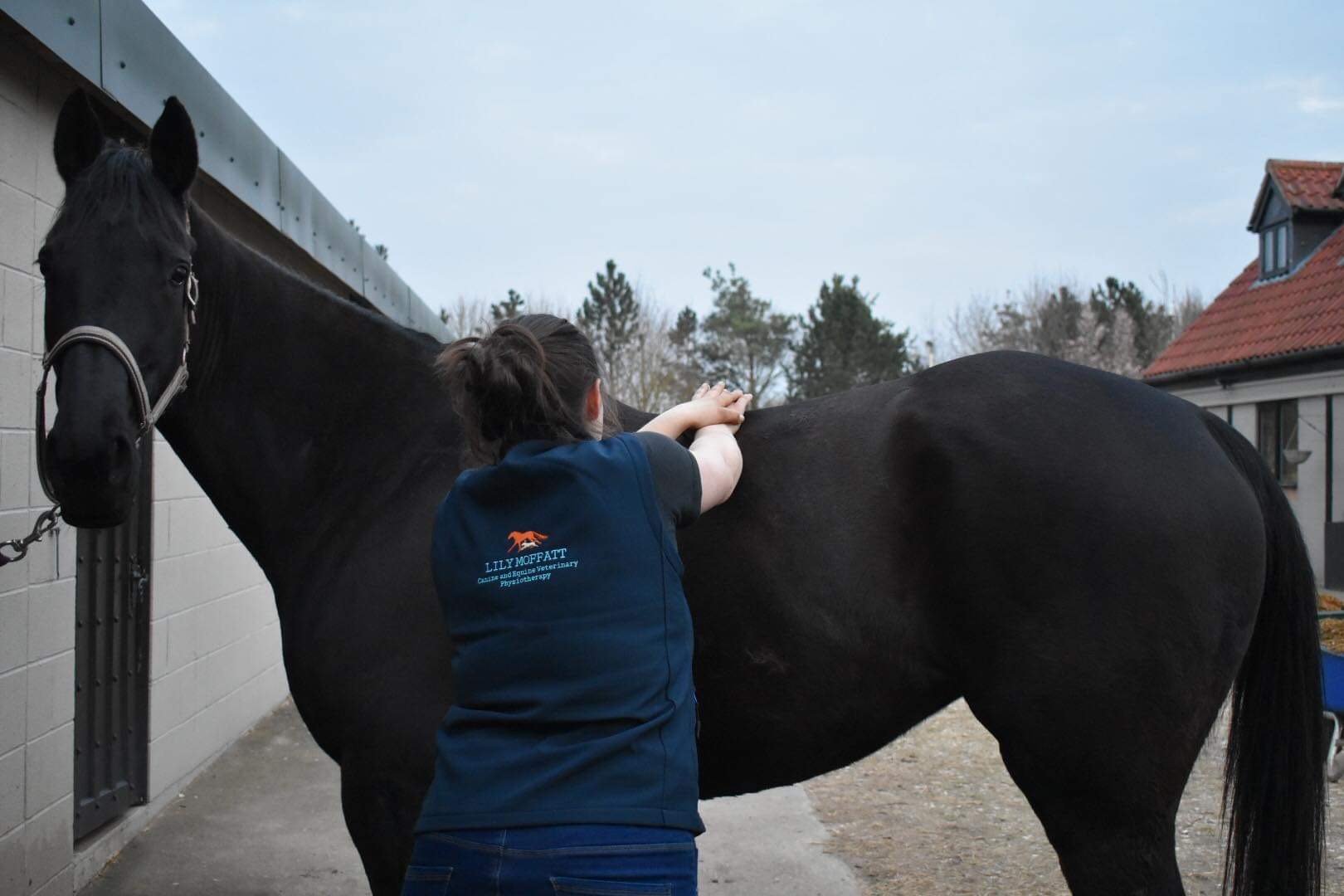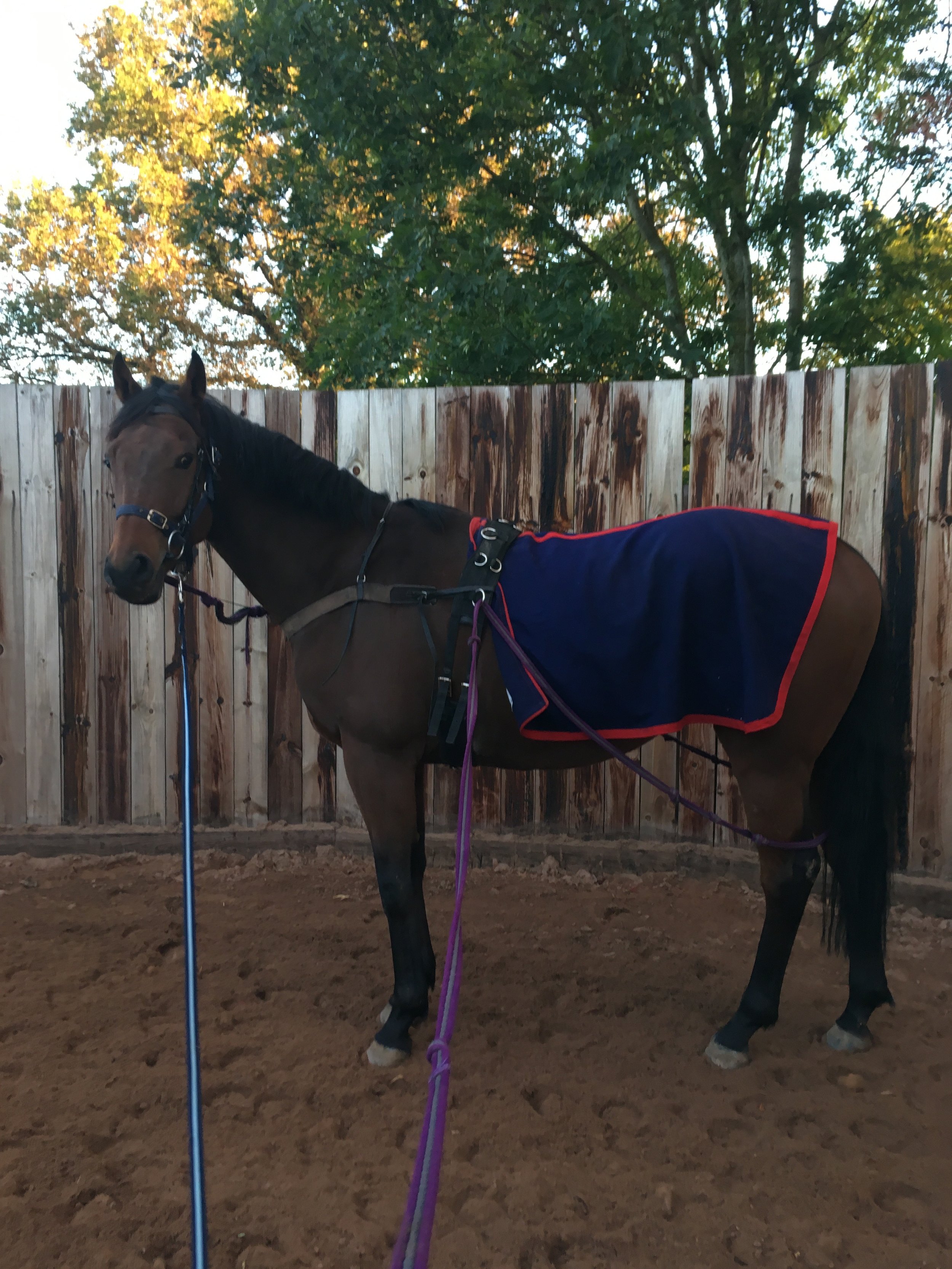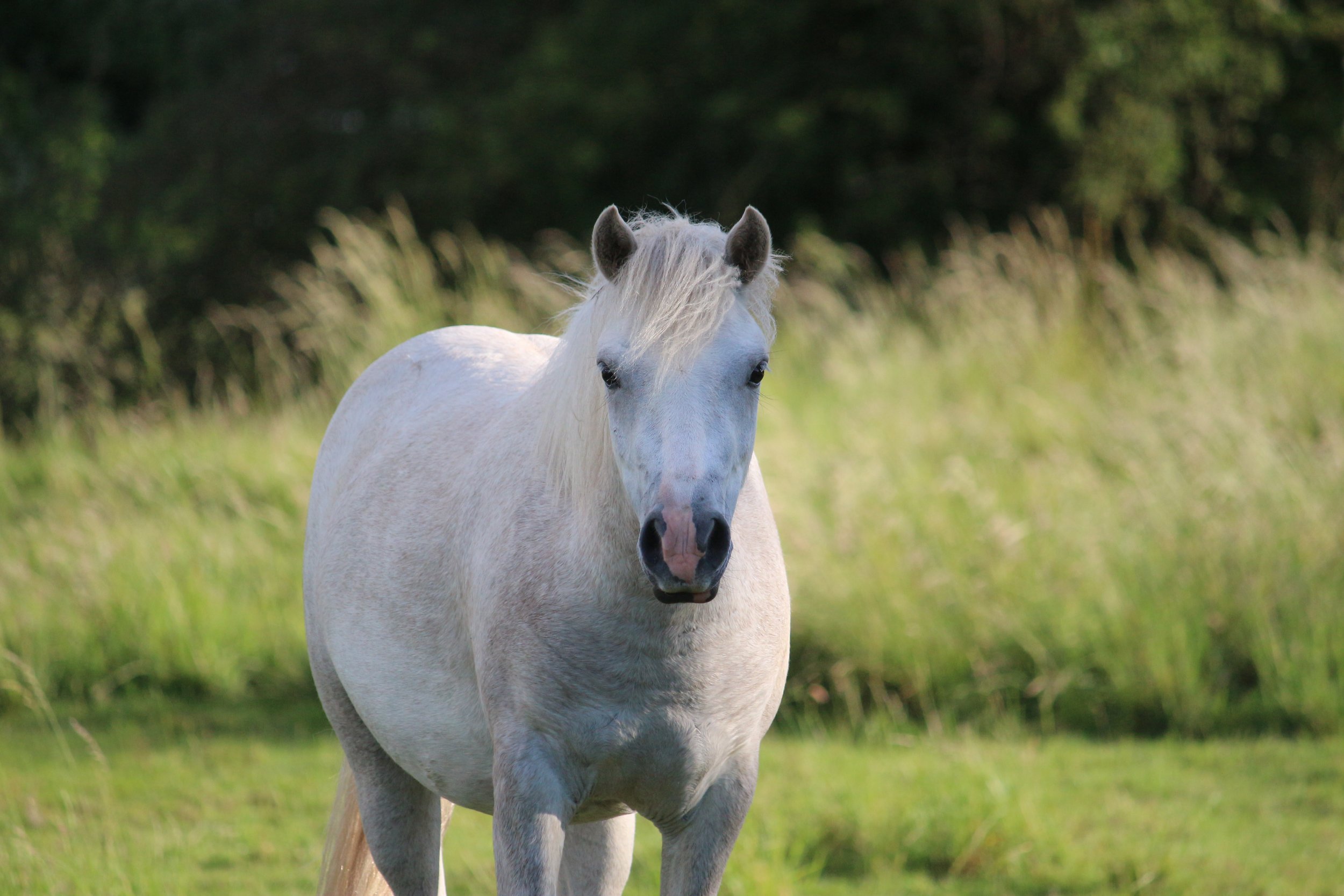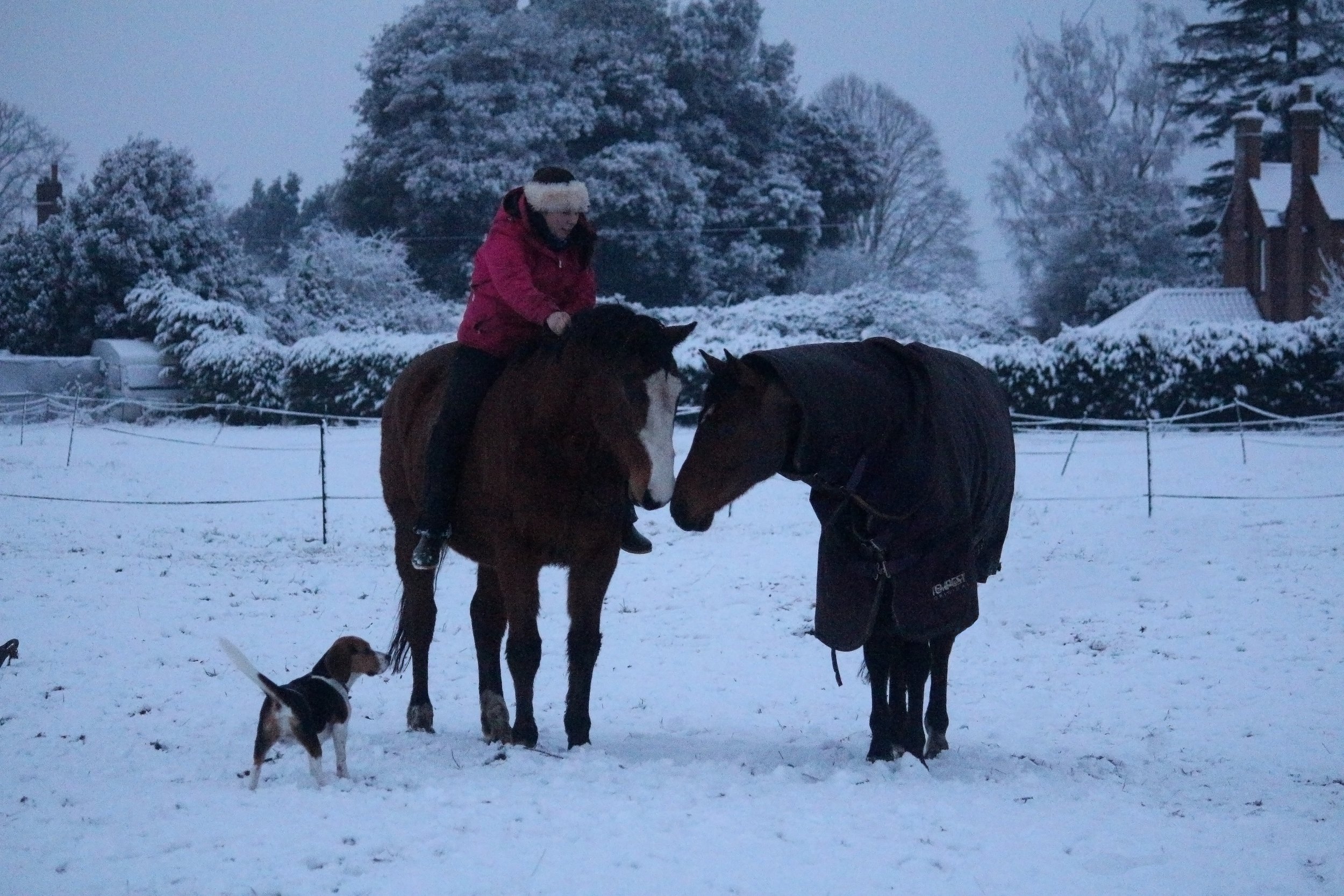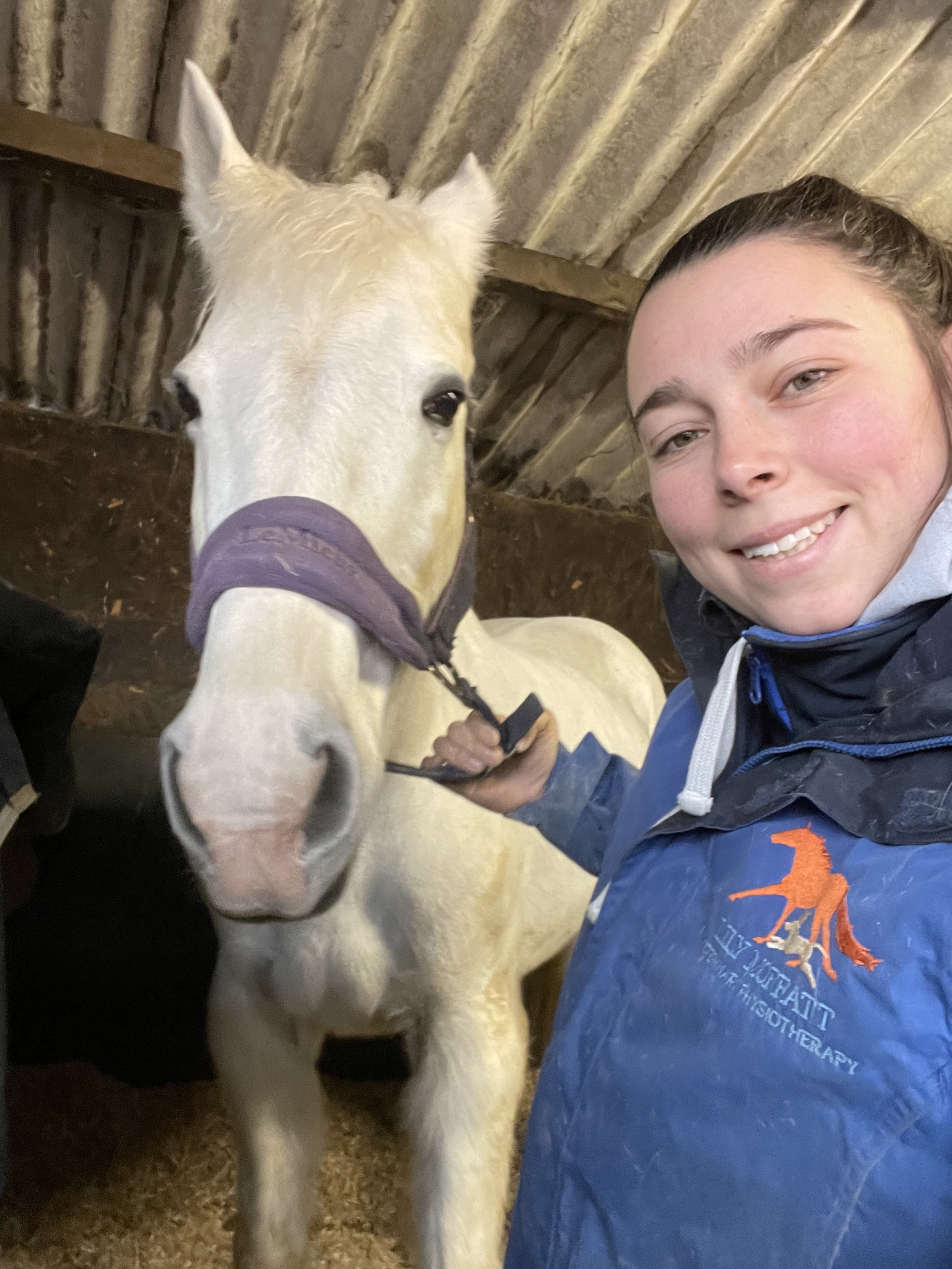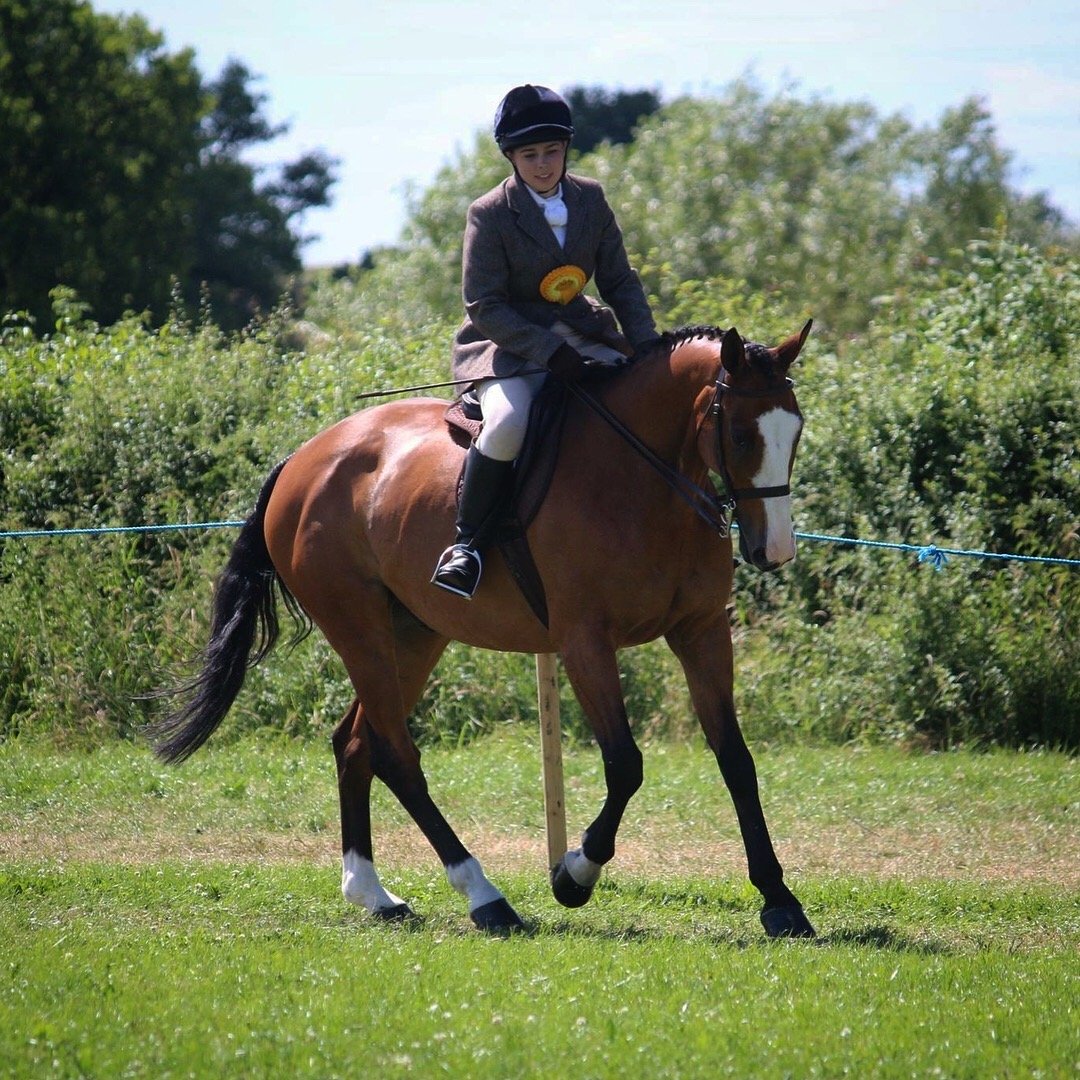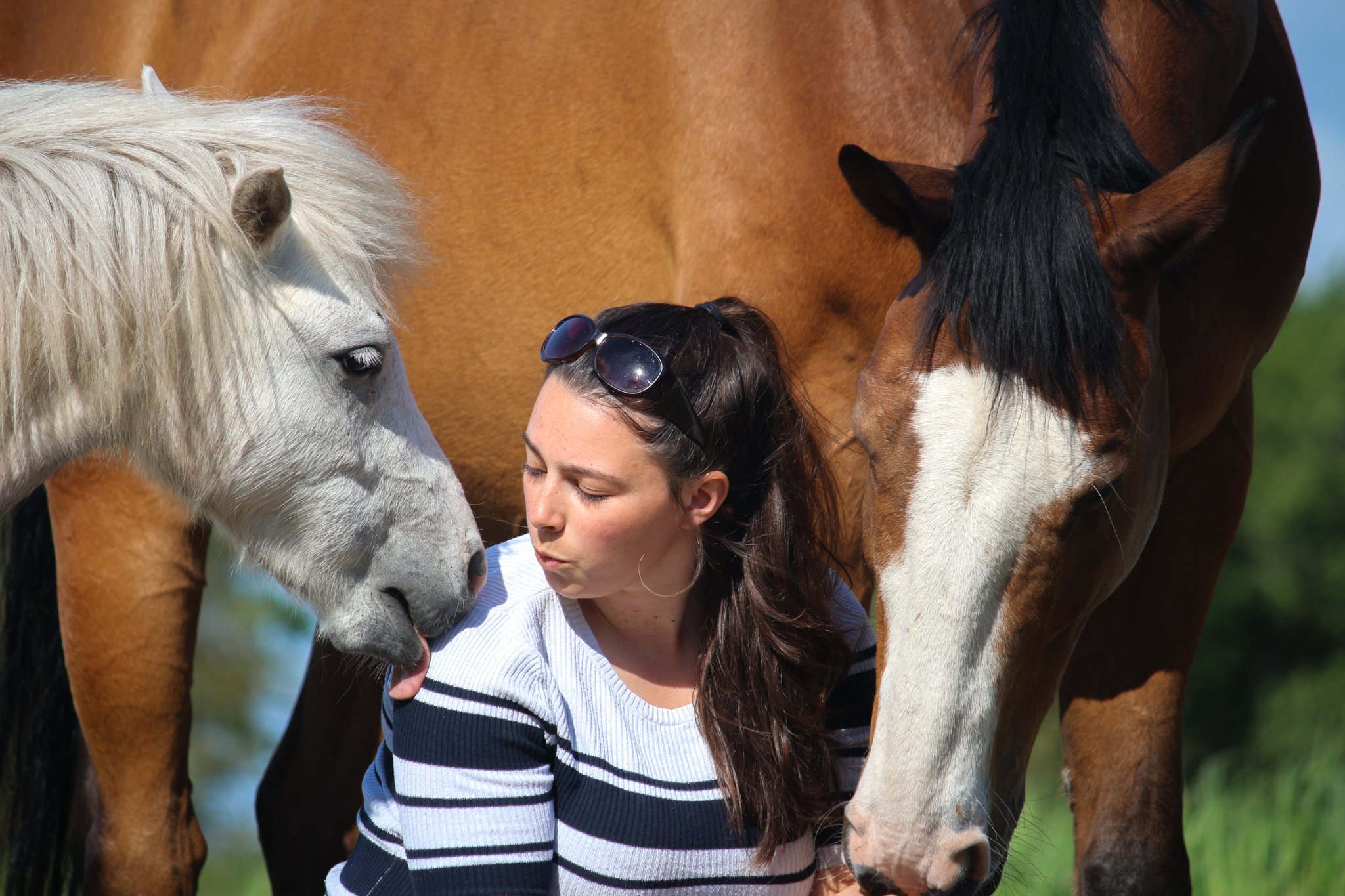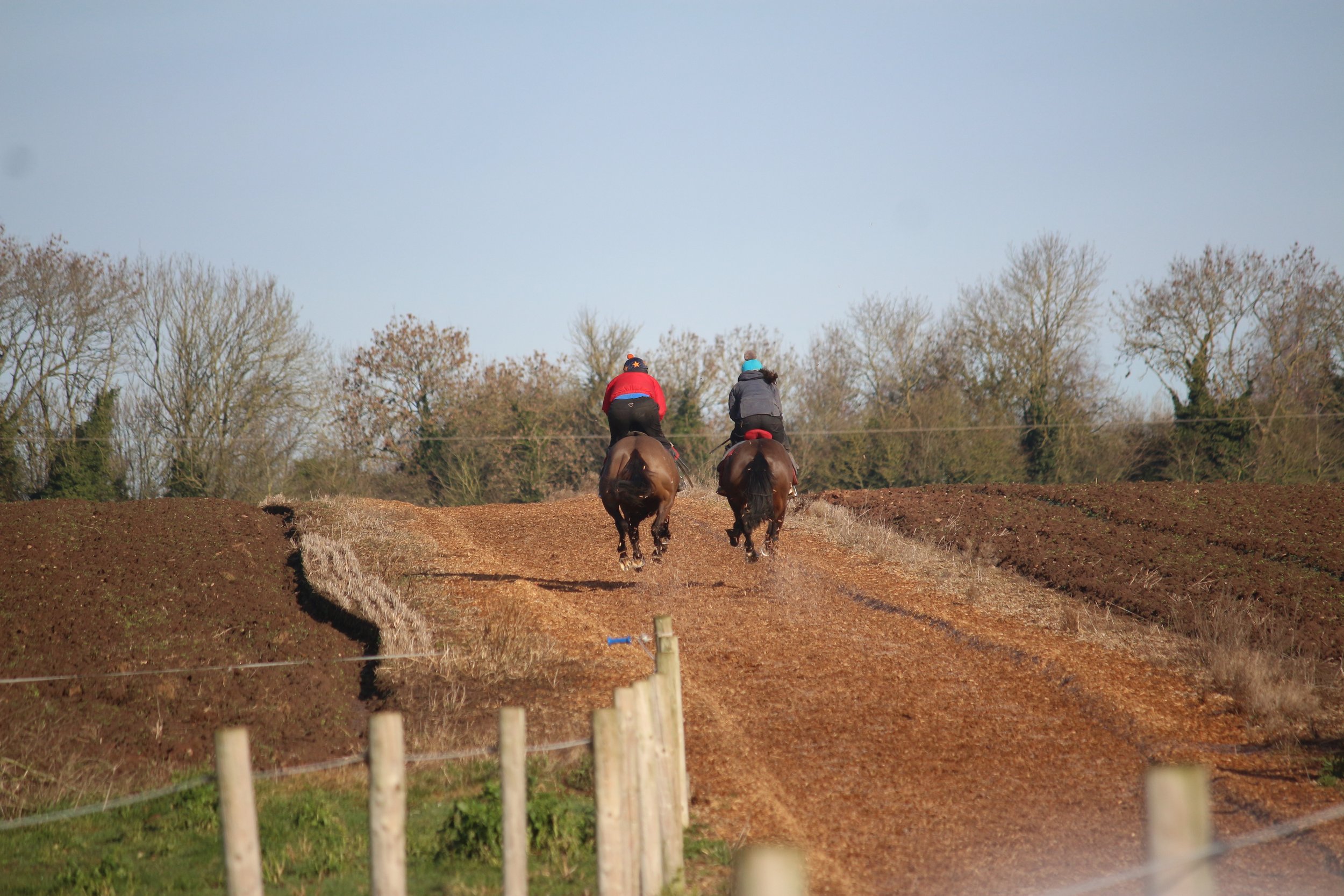Equine Veterinary Physiotherapy
Veterinary Physiotherapy can benefit all horses of all ages and workloads. Horses will often create compensatory patterns to cope with discomfort and this can lead to further injuries and expensive vet bills. Sometimes these subtleties can go unnoticed until there is an obvious lameness. As an owner/rider/groom it is important to monitor your horses as individuals and note any changes in behaviour, gait abnormalities, swellings or lumps which may appear. On initial inspection it is always recommended to check this out with your veterinarian to ensure there is nothing more sinister underlying. Following this, Physiotherapy can be very important in treating your horses discomfort and creating a plan of action to improve movement so you can achieve your goal.
Despite the common belief, Equine Physiotherapists are not just “The Back Man” or “the massage lady”. As well as back issues and massage therapy, Physiotherapy uses targeted exercises, treatment and stretches to help treat a range of musculoskeletal problems including muscle sprains, wound healing and tendon rehabilitation.
Regular veterinary physiotherapy has been scientifically proven to help post-surgical recovery, prevent future injury, improve muscle strength and reduce the severity of pain using alternative treatment especially from chronic conditions such as osteoarthritis.
Equine Veterinary Physiotherapy costs £65 and can take up to 2hrs on an initial consultation. Follow up sessions are usually 1hr.
Your Physiotherapy session will include the following;
A thorough taking of the horses clinical history.
Your goals for veterinary physiotherapy.
Any concerns regarding the horses behaviour, either ridden or on the ground.
Static assessment of the horse stood still, looking at the way the muscle is distributed, any abnormalities, conformational analysis and how the horse naturally holds themselves.
Dynamic assessment. Watching the horse in a straight line in walk and trot on both soft and hard ground. Followed by a lunge to watch the canter (if possible and appropriate). A few steps of back up are also important to observe and some tight circles.
Palpation assessment of muscle tone, areas of soreness, trigger points, myofascial restrictions and tightness.
Massage using myofascial release and specialised techniques to improve overall muscle tone.
Electrotherapies: PMFT, Omega Laser, TENS, NMES.
Stretches
Thorough exercise and rehabilitation plan.
Paper copy physiotherapy report created for the owner.
Often after the session your horse will be tired and will need to rest however can go in the field afterwards. It is also important to keep your horse warm after their session. I will also usually advise a quieter day off after a session so please also bare this in mind.
Conditions commonly referred to veterinary Physiotherapy include:
Tendon and Ligament Injuries
Muscle weakness or imbalance
Kissing spine
Lamimitis recovery
Osteoarthritis
Lameness or gait abnormalities
Fractures
Locking stifle
Unexplained ridden issues e.g disunited canter
Scar tissue
Odema
problems from ill fitted tack (saddle or bridle)
Sacroiliac issues
Joint stiffness/soreness
Competition health and fitness
Post/pre season check
Wound healing
Post-operative care (e.g colic surgery)
Strength and Conditioning
Weight loss / Weight gain
Behavioural issues
Poor performance issues (e.g refusing jumps)
Saddle slipping
Head shaking
Change in temperament (e.g disliking tacking up)
Uneven wear on shoes/hooves



